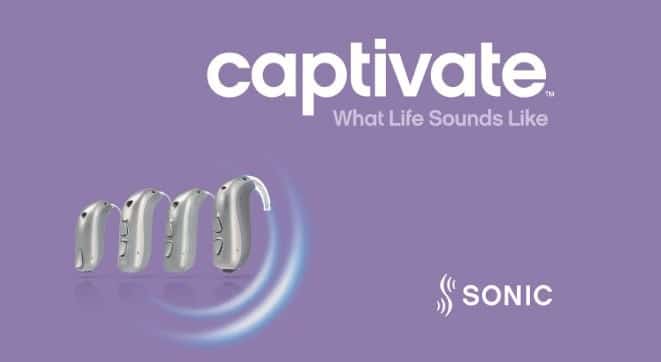Part 1 of this rant started with a discussion of the licensing wars, the CE wars, and the “turf” wars. Knowing the past sometimes prevents future mistakes. Moving ahead with recollections of those years, consider:
- The changes in the taxation regulations for hearing aids,
- The emergence of multiple professional organizations dedicated to audiology,
- The rising of programs offering clinical audiology degrees (the AuD),
- The regulations of HIPAA, and
- The sale of offices to “non-clinical” entities.
Part 2 is limited to the first three items above as there are well-defined lines between these three and the last two.
Taxing a prosthesis?
Most will not recall the difficulties encountered with hearing aids and sales tax. In short, the arguments for applying a sales tax to a commercial device—a hearing aid—became confusing when the same device was called by a different name (“auditory prosthesis”) by a clinical provider. Prostheses are usually immune from sales taxes. And, non-medical salespersons generally do not prescribe and fit prostheses.
Prior to audiologists being allowed to dispense within their professional scope, hearing aids were taxed at a retail sales level. All those wishing to dispense at that time were required to obtain a retail—sales tax—number and collect a sales tax from patients.
Following several sales tax audits of manufacturers and dispensing offices, many states decided to compromise and apply a sales tax to the wholesale cost of the devices. This was likely a big help to the government as there were fewer manufacturers and/or distributors than sales offices. Lack of precedent? Illogical? Fair? Muddy the dispensing waters? Hey, it’s the government, right? The rise of PSAP, DIY, OTC devices certainly will not clear this taxation issue. Prostheses should not be taxed. Simple, right? So, who determines that?
Enter the National Associations
During all of the licensing, CE, and taxation turmoil, how did the professional organizations react to these issues? In the beginning, there was only one—The American Speech (-Language,) and Hearing Association. That group advocated against changes[1].
In an effort to stem your boredom, let’s be brief. ASHA did very little. Why? If you read Angela Loavenbruck’s piece (see note below), you may get an idea of their reasoning, but, in general, ASHA has always taken the stance that selling products detracts from a professional position. At the time, ASHA believed that aural rehabilitation involving amplification was so important that one could not relegate a critical part of the task to someone in a non-clinical sales position. As an aside, there is always an ethical conflict of interest when profit (money) is entangled in a clinical decision, and it was thought that the prospect of this conflict would not be interpreted by patients in our favor. (Perhaps some of the lack of differentiation between dispensers and clinicians in the public eye stems from this issue.)
Thus arose the American Academy of Audiology (AAA) and the Academy of Dispensing Audiologists (ADA), now known as the Academy of Doctors of Audiology. Both of these groups actively embraced the Audiologist-Dispenser role and rejected the view of ASHA. One could say that if ASHA was the alt-right bunch, these newcomers were the “alt-left”—more progressive, especially when it came to education and device sales.
The “alt-left” changed lots of things in the profession. As an advocate for enabling the professional sale of devices, the AAA and ADA positions made financial viability a quick reality in the clinical business of Audiology. The sale of hearing aids allowed audiologists to ply their trade of auditory rehabilitation in a manner befitting their academic qualifications.
Enter the Academic Difficulties
Ignoring the illogical start-up arguments for “grandfathering” and “work experience credits”, the new, progressive new associations then argued for a change in academic requirements and training for graduate clinical education. They saw little need for broad educational background, but rather opted for in-depth clinical training to allow for graduates to quickly and efficiently operate a private practice. Their approach minimized training for teaching and research. While many new programs excel in broad clinical training of audiologists, many did not offer basics in mathematics, science, and other ancillary areas.
Rather than build on the past experiences of the “alt-right”, many graduate training institutions rebuilt their curricula in preparation for something other than the past. Some did a commendable job of reinventing the profession. But, things could have been done easier, and perhaps better.
The lesson here involves trying to reinvent wheels. That’s probably obvious. If you are wondering where this 4-part piece is going, I hope you will realize that these issues sort of predict what follows. If knowledge of the past is necessary so one does not repeat the past, it is the job of the new generation of audiology to figure out what should not be repeated.
[1] In order to appreciate the problem fully, I recommend Angela Loavenbruck’s blog on this site—Best of Hearing Views: Making a List – Checking It Twice: Someone’s Been Very Naughty, on Dec 23, 2015. This is a must-read about audiology’s political past.






